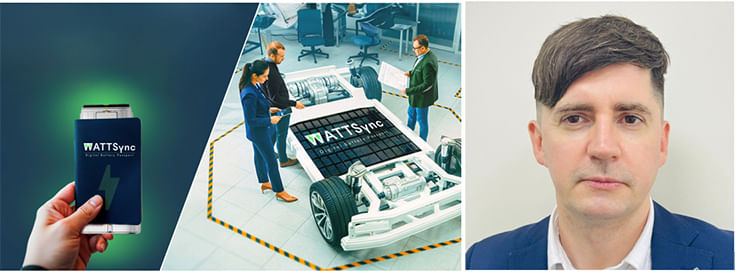Tata Technologies, the global engineering and digital services company of the Tata Group, has introduced its latest proprietary tool – WattSync – a platform designed to aggregate, track, and manage battery lifecycle data in real time, thereby enabling EV OEMs and battery pack manufacturers to conform to the upcoming EU Battery Regulations.
The legislation which kicks off in the European Union in 2027, will mandate EV manufacturers as well as battery suppliers to maintain a cradle-to-grave record – a battery passport – of an EV battery, right from the mining of its raw materials such as nickel, manganese and cobalt, to the cell manufacturing and pack assembly details, all the way to capturing the data around its safe disposal and recycling.
The cloud-based solution that integrates with the back-end systems of an EV OEM, allows fetching of static data from its various systems such as PLM, MES, and ERP. As a result, WattSync integrates into the digital backbone of the OEM, and leverages blockchain, AI and ML to maintain traceability of the vital battery data points. According to Tata Technologies, the tool allows end-to-end traceability of the battery pack through the entire vehicle lifecycle.
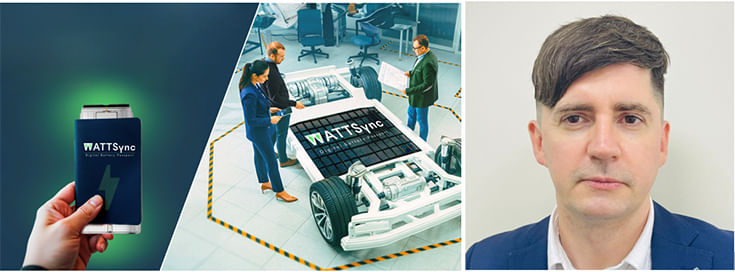 Marc Manns: “WattSync is a SaaS offering, which allows OEMs to integrate either the full stack or its relevant blocks into their digital backbone.”
Marc Manns: “WattSync is a SaaS offering, which allows OEMs to integrate either the full stack or its relevant blocks into their digital backbone.”
“It is a complete traceability platform, ensuring battery cell manufacturing, all the way to battery recycling,” Marc Manns, Vehicle Line Director – Electrical and Electronics, Tata Technologies, told Autocar Professional.
“WattSync is a SaaS offering, which allows OEMs to integrate either the full stack or its relevant blocks into their digital backbone. Either Tata Technologies or its customers can host the solution, and therefore, this is a very flexible approach that we have taken. It is a holistic solution to maintain a battery’s complete record,” he added.
Tata Technologies claims an integration time in the range of 2-4 weeks for the WattSync platform into a company’s digital infrastructure, and says it is adopting a phased market rollout, based on the regulatory requirements. While the EU is set to go first with the legislation in 2027, initial legislation for battery labelling will become effective in California in 2026.
“Therefore, any global EV maker selling products in the EU must comply with the upcoming regulations,” Manns pointed out. On the other hand, China is expected to see battery regulations getting implemented in 2028, and India is also likely to transition around the same timeline. The US will follow suit in 2028-29, Manns pointed out.
“It is a global phenomenon and companies are also heading in the direction of sustainability. Hence, WattSync is primarily driven by legislation and the sustainability goals of companies,” he added.
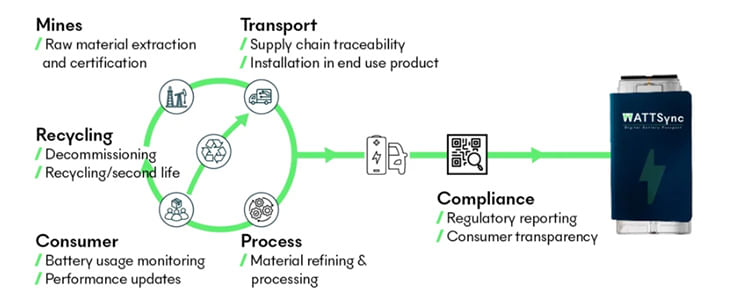
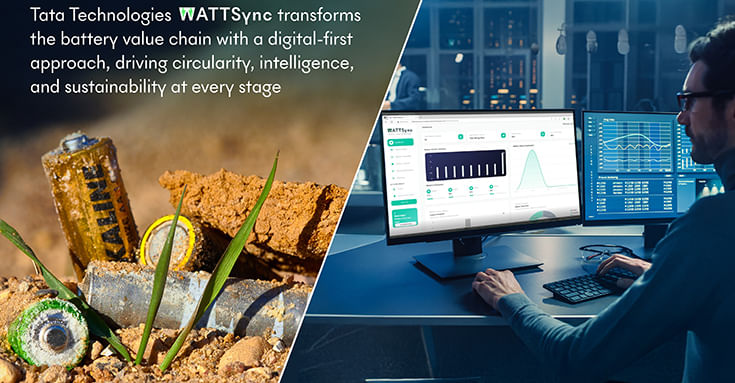
WattSync: a glo-cal project
Tata Technologies has developed WattSync with its resources based in the UK, Sweden, India, and China, who have collectively worked together and brainstormed on this tool. “A large number of engineers from India based in Pune and Bengaluru have worked on it; in fact, most of the software engineers for this platform are based in India,” Manns pointed out.
Within Tata Technologies, the company has roped in its powertrain, vehicle connectivity, and cybersecurity teams to ensure that WattSync emerges as a future-proof and secure platform for enabling battery records for EVs. According to the company, one of the main differentiations that it is doing with battery passports is bringing AI and ML for prognostics.
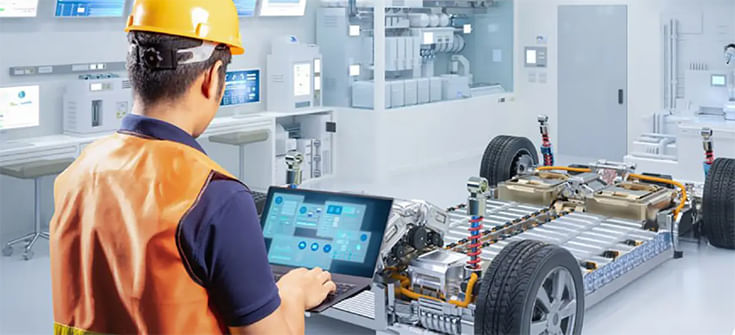
The company has piloted the platform with Tata Group companies – Agratas and Jaguar Land Rover – wherein while the former deployed the tool as an end-to-end data management platform, the latter leveraged the built-in AI and ML capabilities to run prognostics to identify, pre-empt and troubleshoot faults on vehicles in the field to ensure high levels of customer satisfaction.
“We are getting General Data Protection Regulation or GDPR-compliant data which is being brought by the OEM to the cloud, and this can be used to offer solutions to customers and monetise this data. The EU has 93 parameters under the GDPR being considered,” Manns explained.
He further added that being able to run prognostics using predictive analytics offers immense value to a brand if it, for instance, succeeds in preventing a battery fire or thermal runaway incident that could otherwise potentially tarnish the brand reputation.
The company also sees future opportunities in WattSync’s effective role in navigating the uncertain supply chain situations with the data-first approach the tool adopts. With respect to India, as per Mann, “While the EU has a strong set of parameters, when it comes to India, it would be important to look at the exact data set that one would procure from the battery.”
Given the Indian market’s cost consciousness, Manns added that Tata Technologies has the platform with all the right attributes, and it would look at making it even more suitable for the Indian market.
ALSO READ:
Electric car and SUV sales In India cross 90,000 in 7 months of 2025
